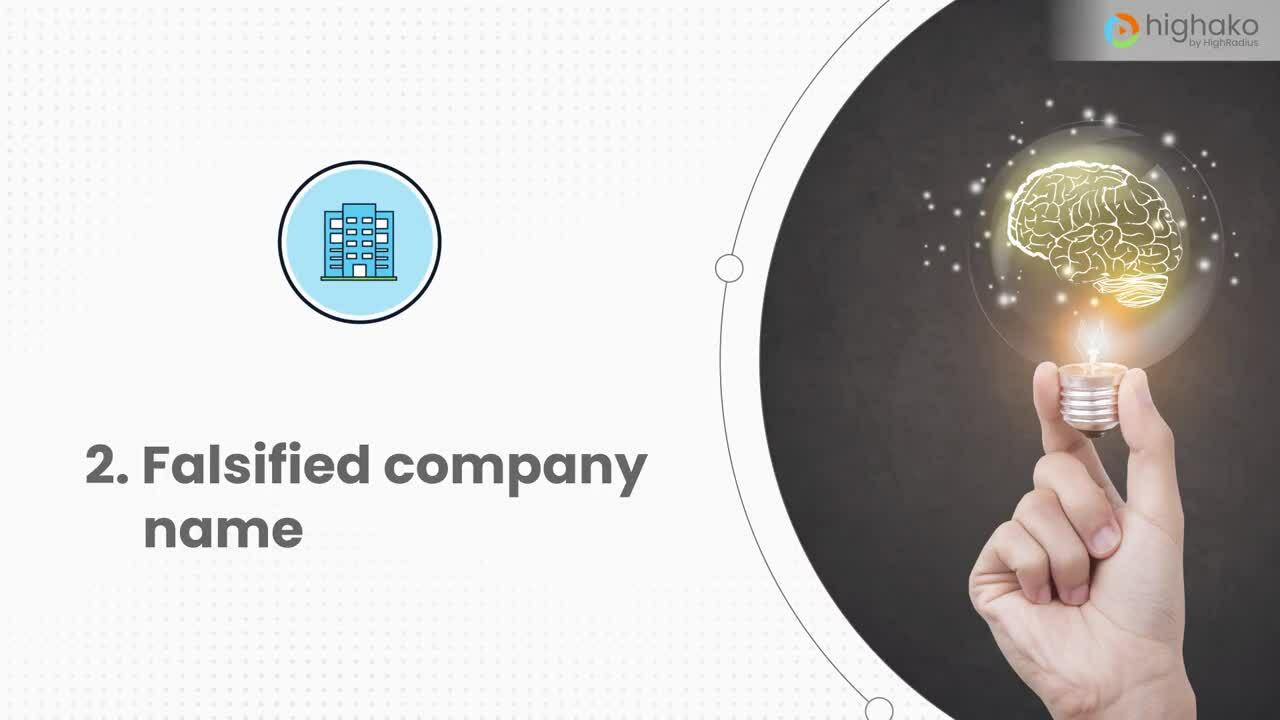
Historically, hard times have led to a rise in business credit fraud. Today, with unemployment high and customers very stressed, the risk of fraud is as high as ever.
Here are nine great tips to spot orders from questionable businesses.
- A flux of credit reference requests from new suppliers: An influx of reference requests soon after setting up a new customer account is a red flag. Fraudsters often get a small credit line from one company, and then immediately use it as a credit reference to apply in other companies. Beware of these customers, even if you have not started doing business with them already.
- Falsified company name: When you see that the name of the company is either too grand or too similar to some other established company, double-check to ensure it exists with that exact name.
- Inconsistent or incoherent buying habits: If the name or purpose of the business is not consistent with the type or the volume of products ordered, that is another red flag to watch out. In this case, try to find the reason behind your customer buying the products in large quantities. Ask probing questions and see if you can get provable answers.
- Inability to verify source of capital: Another questionable behavior is when the customer can not verify their source of capital. They do not want to disclose the name of the bank they are borrowing from or, you can not find any verification from the bank. It is highly critical. So, help the customer understand and ask questions.
- Unavailability of information from public sources: While it is possible that the company information is unavailable because it is a small company, it is always better to err on the side of caution. Try to find the reports from all public sources and credit bureaus.
- Inability to verify principal background(s): In the current scenario, you would want to be very sure who are you doing business with. Do thorough research on the principal background and verify all the information. If you are not able to find anything, try to reach out and get the details from the company.
- Sudden ownership changes: If the ownership of the company keeps changing hands, that is another thing to watch out. Try to find why that has happened in the past.
- Principal background not related to the business: If you find that the principal has no experience in the industry or type of business they are running, it is best to double-check if they can run things smoothly in these troubled times.
- Principals having a history of insolvencies or regulatory problems: Another red flag to look out for is when the company or the principal has a history of violating regulatory requirements. It is highly risky and could lead to delayed payments or fines on both ends. So, watch out and ask if you get the chance to meet the customer.

Robert S. Shultz · Founder, Quote to Cash Solution